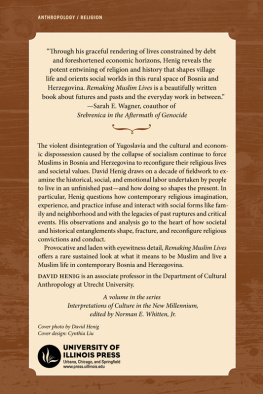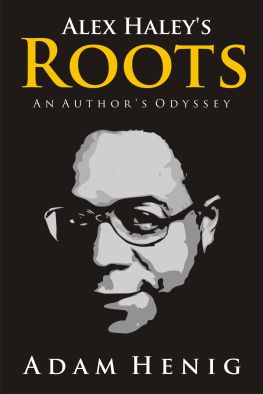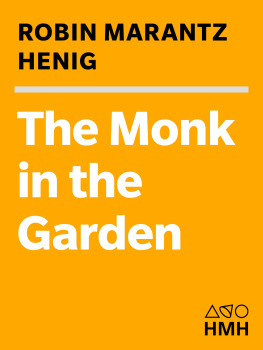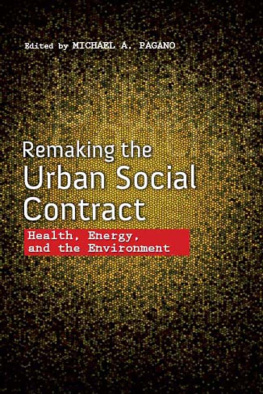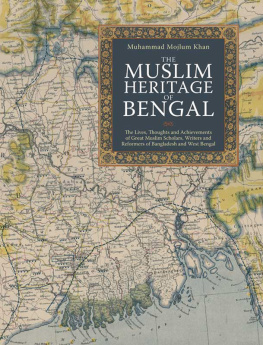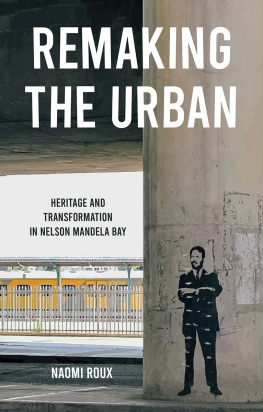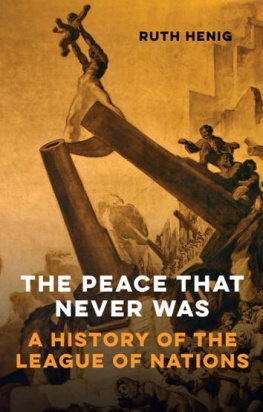1
Houses in Flames
It is the summer of 2014 and I am squeezed along with four other people inside an aging Volkswagen II. Tarik, his children, his wife Remzija, and I are leaving Sarajevo. We are heading toward the village of Brdo in a car belonging to a village neighbor. The last two weeks had been very hot and dry. Tarik was concerned about the old fruit trees in the garden of his half-century-old and now visibly crumbling house. But even more so, he was worried about the newly planted trees around his still-unfinished new house. After many years of being unable to find stable employment, Tarik and Remzija concluded that they would need to relocate closer to the capital, Sarajevo. Yet the move did not mean cutting off all the attachments that the family maintained and cared about inand withthe village. The family dreamed about saving enough money to be able to finish their new house and return to the village. The houseold and newthus became a central focus of the familys daily conversations about care, responsibility, and belonging to a place, but also a horizon of aspiration.
Back in the car on the way to the village. Tarik is listing all the trees, their position in the garden, their age, who planted them and when, and the years of the best yields. The apple tree in the corner next to the shed is forty years old. The plum tree next to the house, under whose shade we would regularly sit, is thirty-two years old, and its best yield was during the last year of the war in 1995. The former was planted by Tariks grandfather, the latter by his father. The biographies of trees, houses, and their inhabitants are intimately intertwined.
The language of aspiration, family life, care, and belonging can take on many forms. It was through concern about the houses and the trees planted by his parents, grandparents, and himself that Tarik was able to articulate the story of his family, and thus of his own life. By regularly bringing his children back with him to the village and watering the trees together, Tarik and Remzija hoped to reproduce their sense of belonging and the duty of care in their children. Being in the car on the way back to the village, however, was also a reminder that the story unfolds within historically inflected social and political contexts: living on the margins of the uncaring state, long-term unemployment and heavy indebtedness. A conjuncture of these forces, unleashed in the postsocialist, postwar years, has driven many families away from the trees, the land, and the house, and hampered their dreams of settling in a new home in the village.
The trees, the gardens, and the houses dont only index peoples property. They are also containers of histories, trails of past lives, materialization of care across generations, materials of religious experience, and bundles of relations and exchanges that are enacted withand throughthem. These elements of intimate relations and belonging, as Rebecca Bryant poignantly writes, interweave in a tapestry that becomes the ground of ones life (2010: 31). Yet this ground is nowadays profoundly shifting for many villagers. The suburbs of Sarajevo and other Bosnian cities are full of similar stories bearing witness to the scale and pervasiveness of the push factors and to the corrosive effects of the economic restructuring on rural communities. In this chapter I take the house as a prism to shed light on the transformation of the intimate topographies of belonging and care, and the material world in rural BiH resulting from the postsocialist, postwar junctures.
Endurance
The conversation with Tarik in the car, as well as with other villagers over the years, has opened up the key dimension of the house as the ground of ones life: endurance. The house is a material manifestation of intergenerational kinship ties and a vehicle of historical continuity. In rural BiH, the notion of the house entails an inalienable compound encompassing the house itself, as well as the landconsisting of fields, meadows, trees, or pasturesanimals, kin relations, and naming (i.e., patrilineal filiation and belonging) that endure over time. But Tariks life story also opens a series of questions: How have these conceptions of the house endured in the face of dramatic ruptures and transformations? What materials and practices of endurance are villagers endowed with in the present to reproduce the house at a time of rapid and violent changes?
Endurancecan take on different forms. When dealing with the aftermaths of transformative events, Jane Guyer observes, endurance can become therapeutic and recuperative mode of agency. Guyer contends that endurance intertwines many spaces of agency, imagination, and effort (2017: 90) that are invested in an attempt to preserve specific components of life and thought across thresholds of major change (81).

